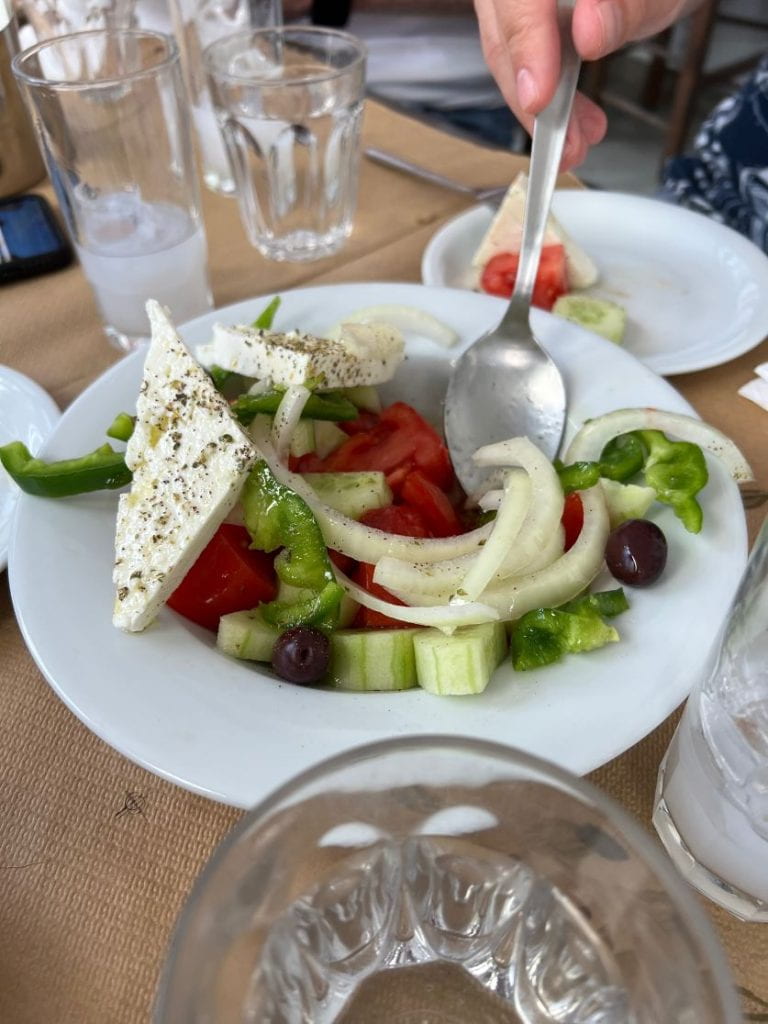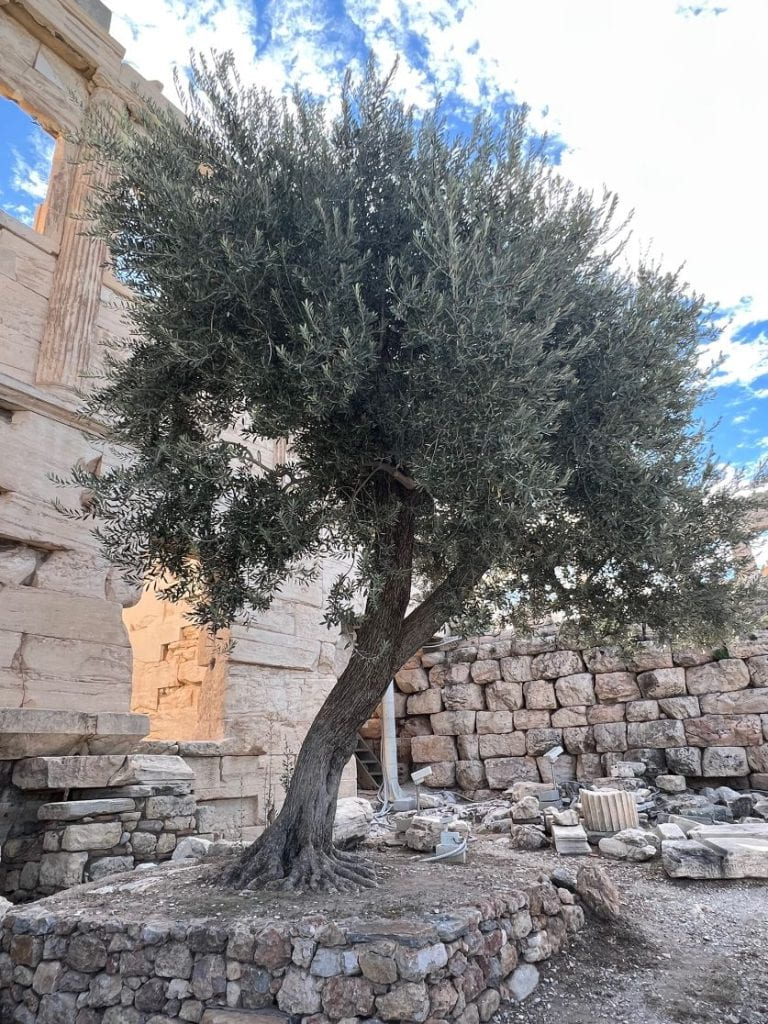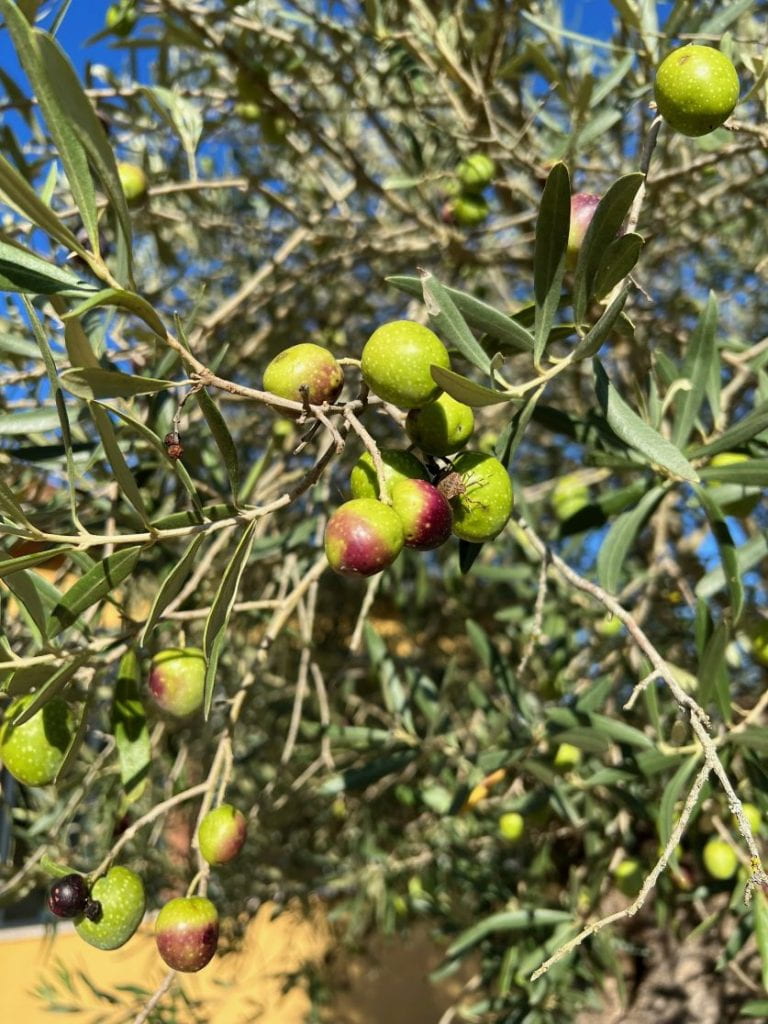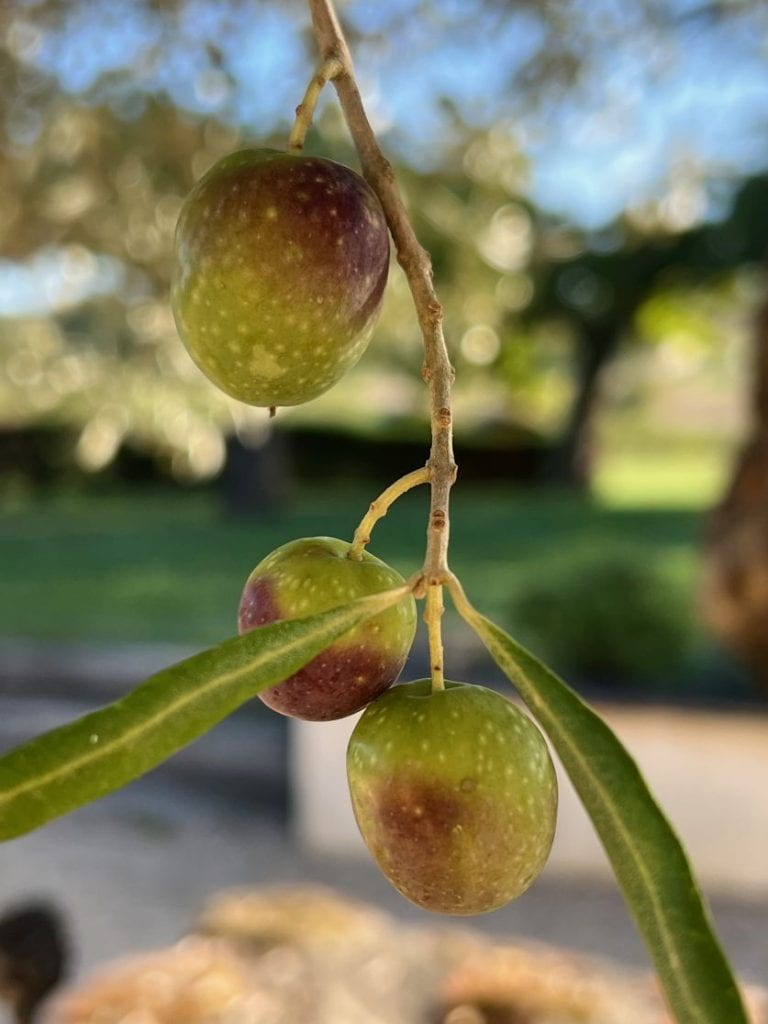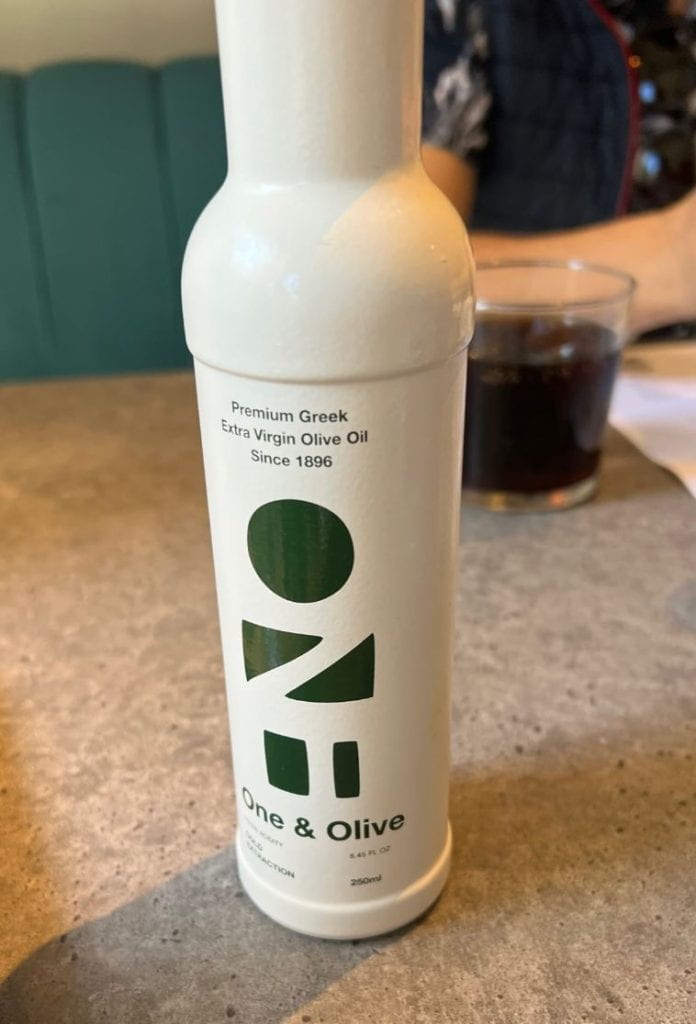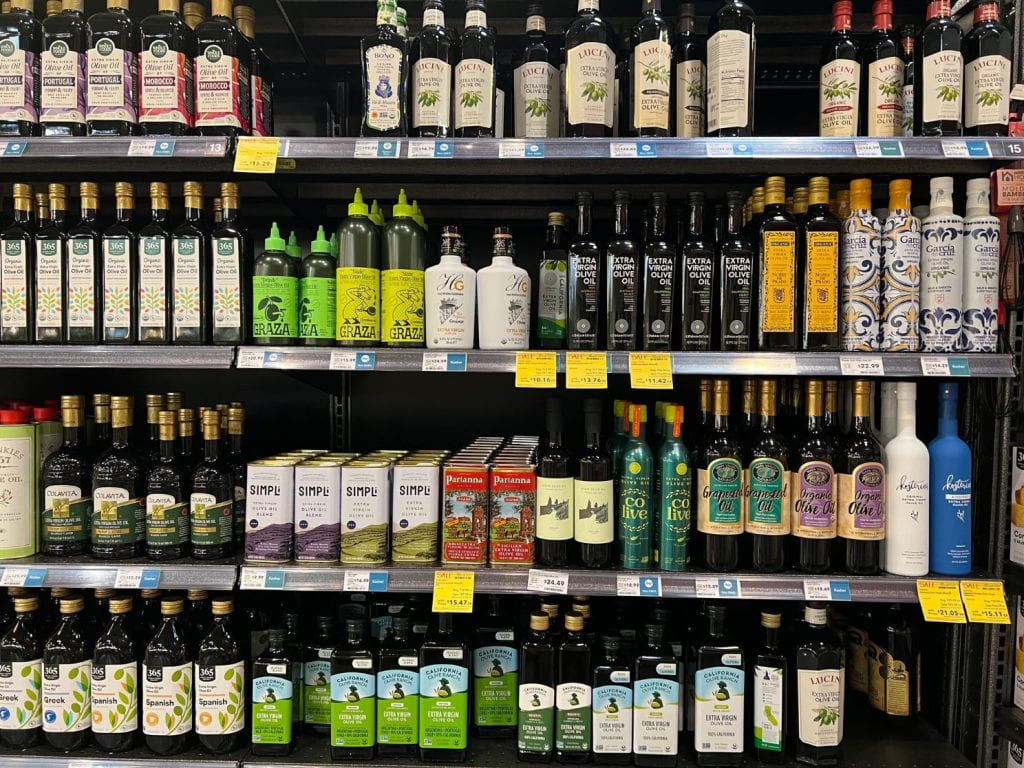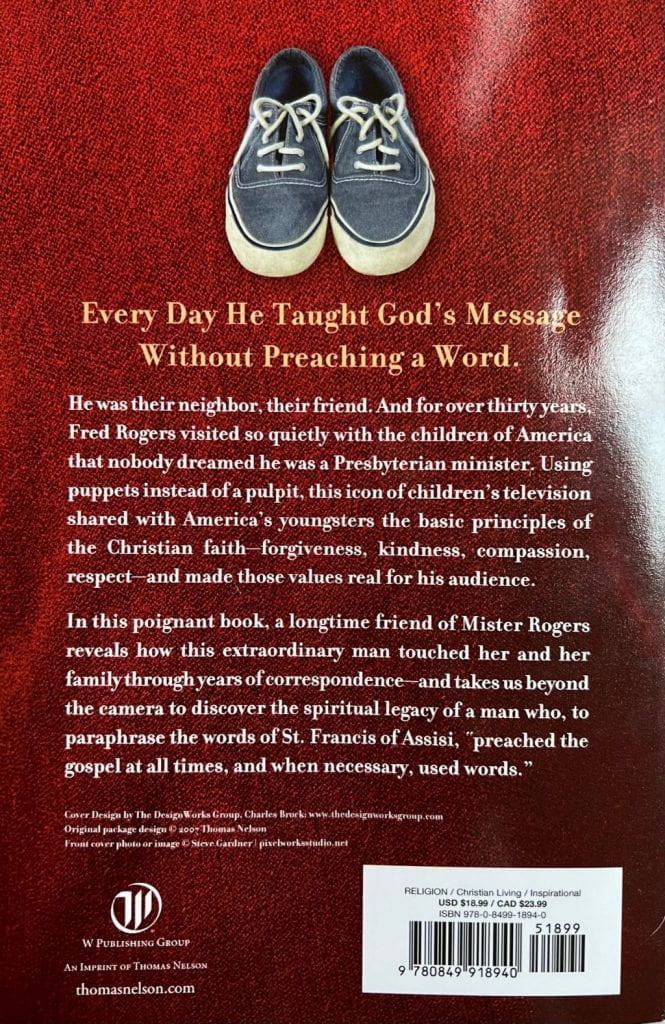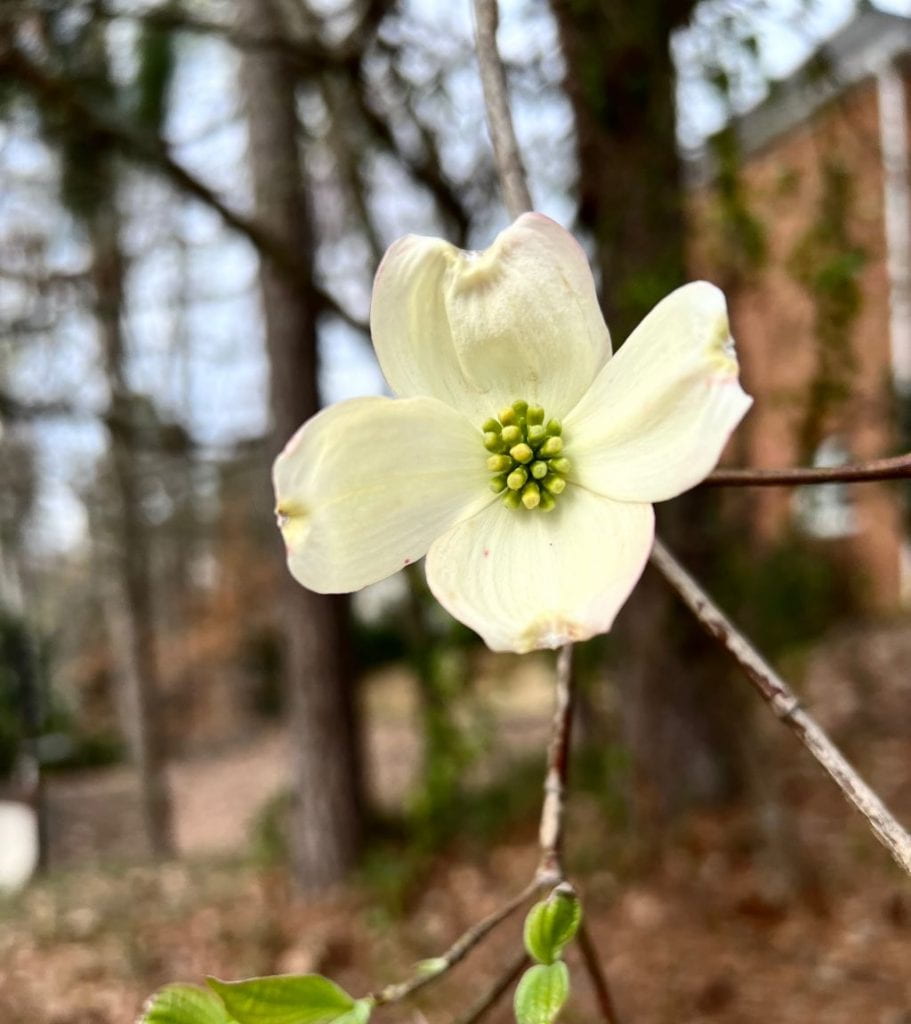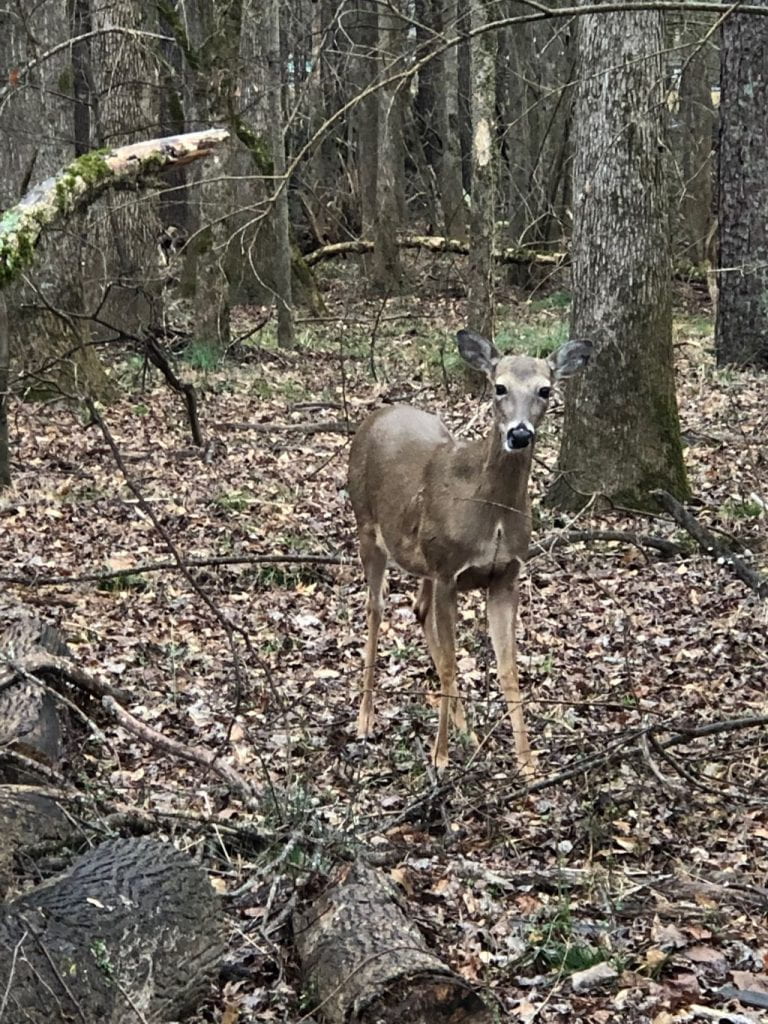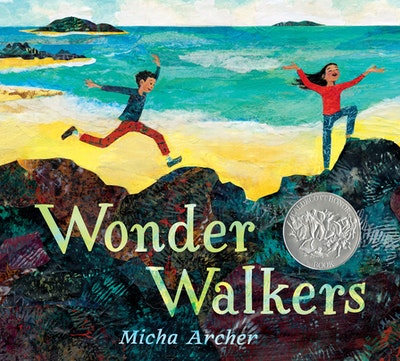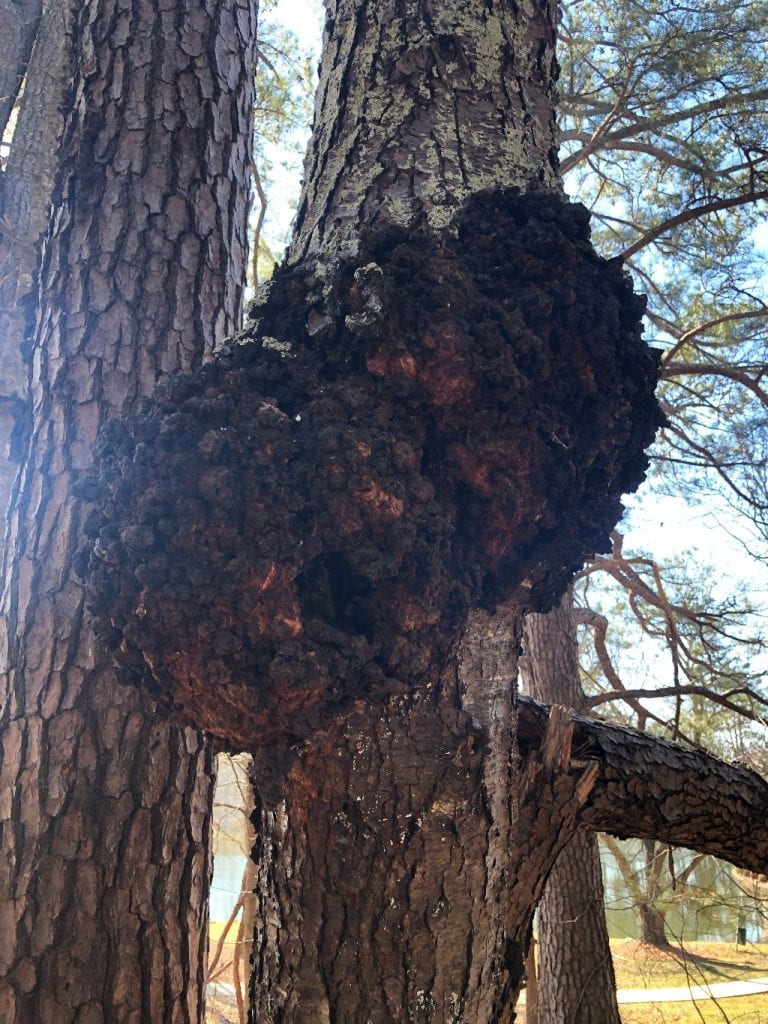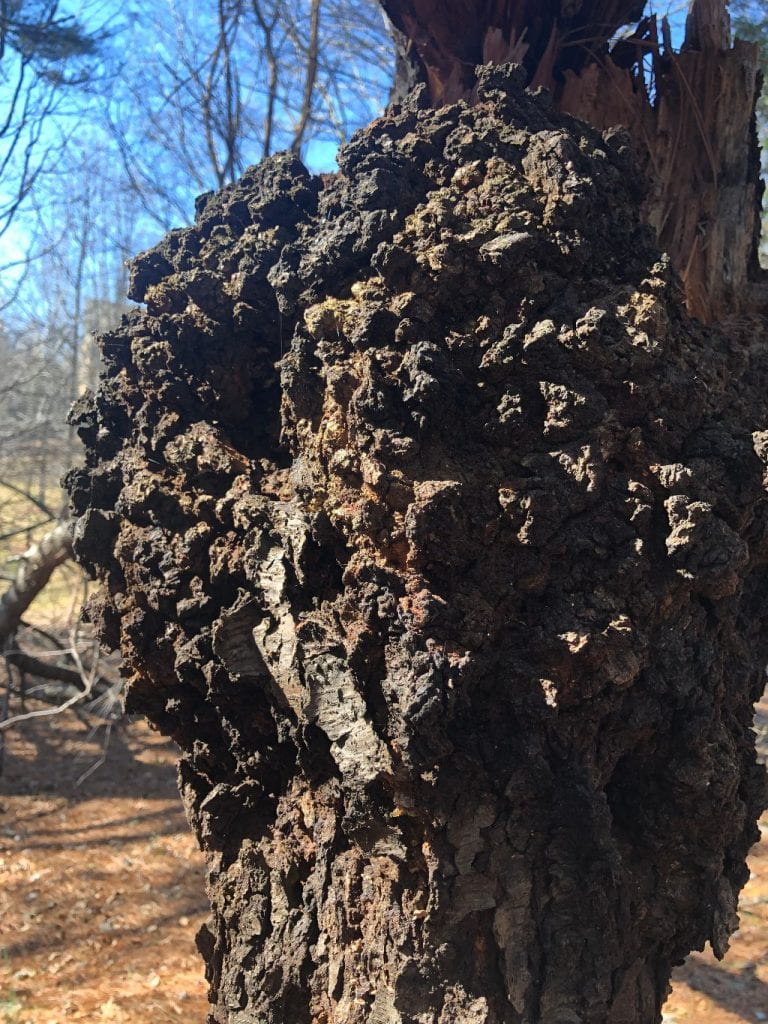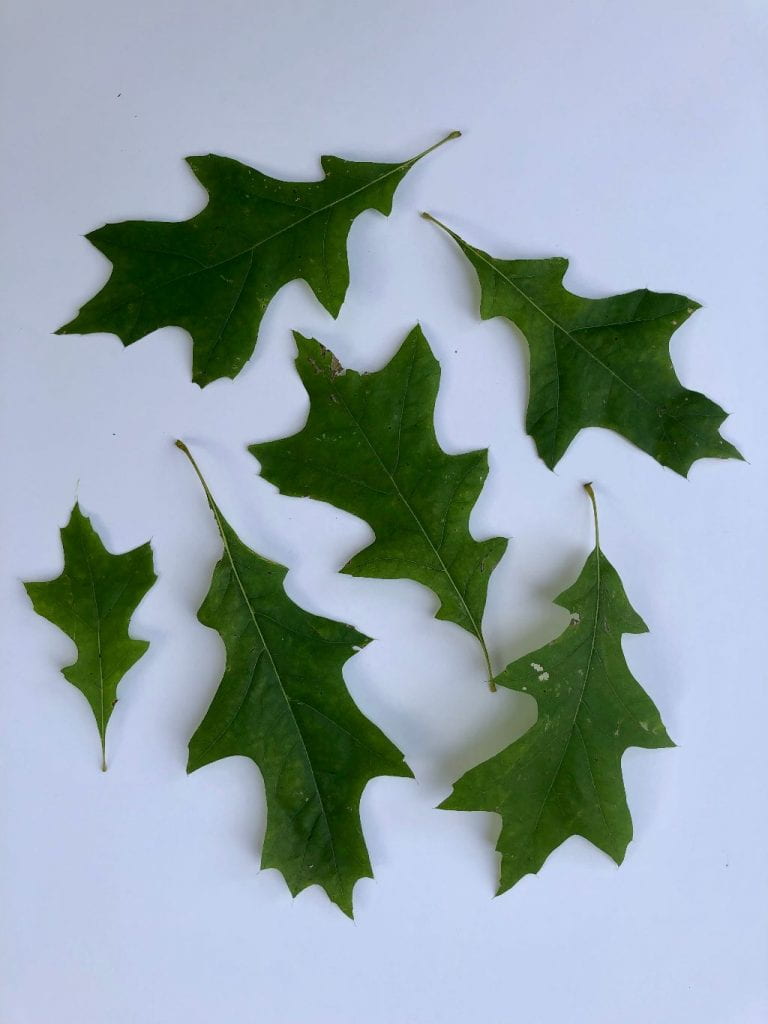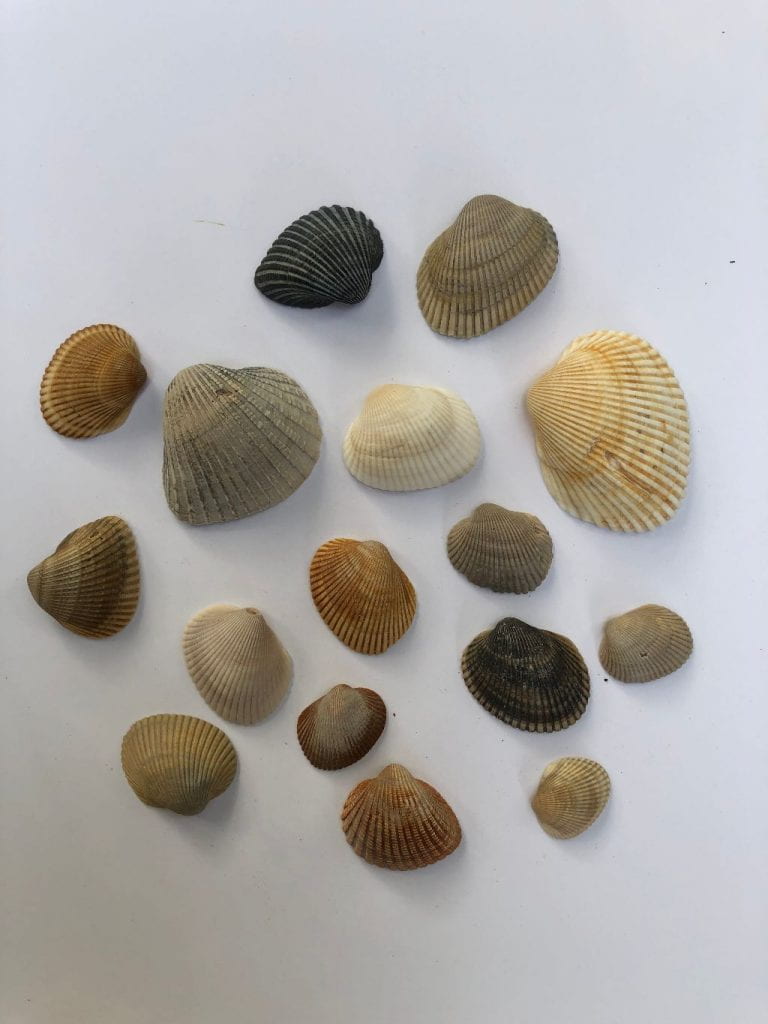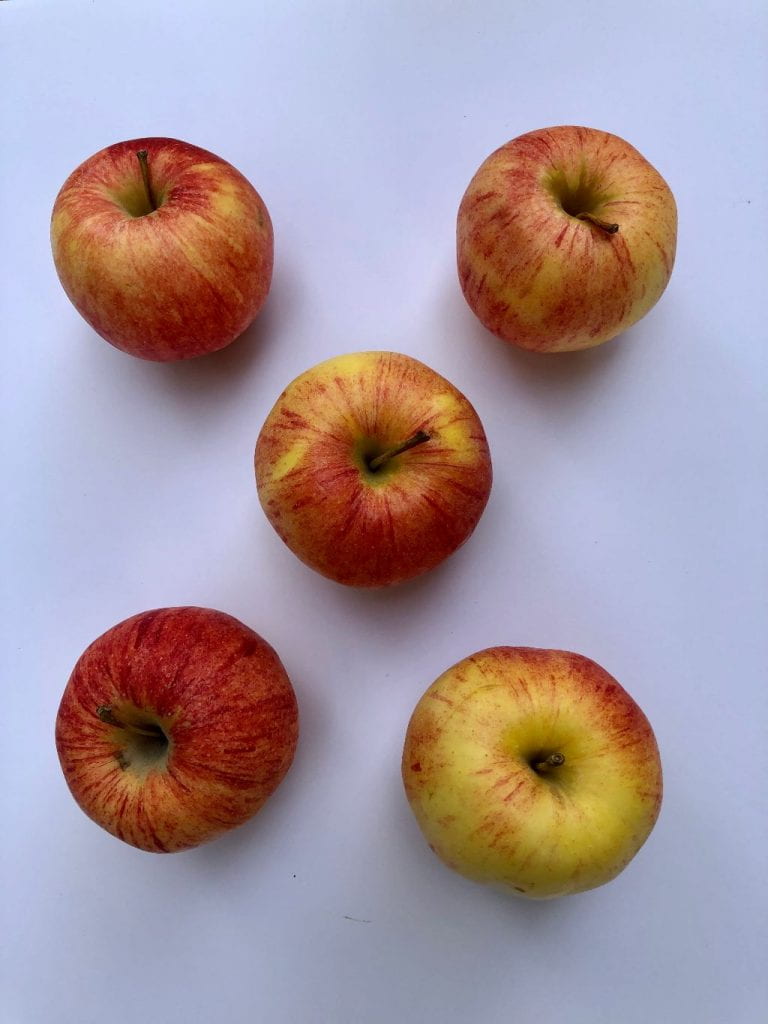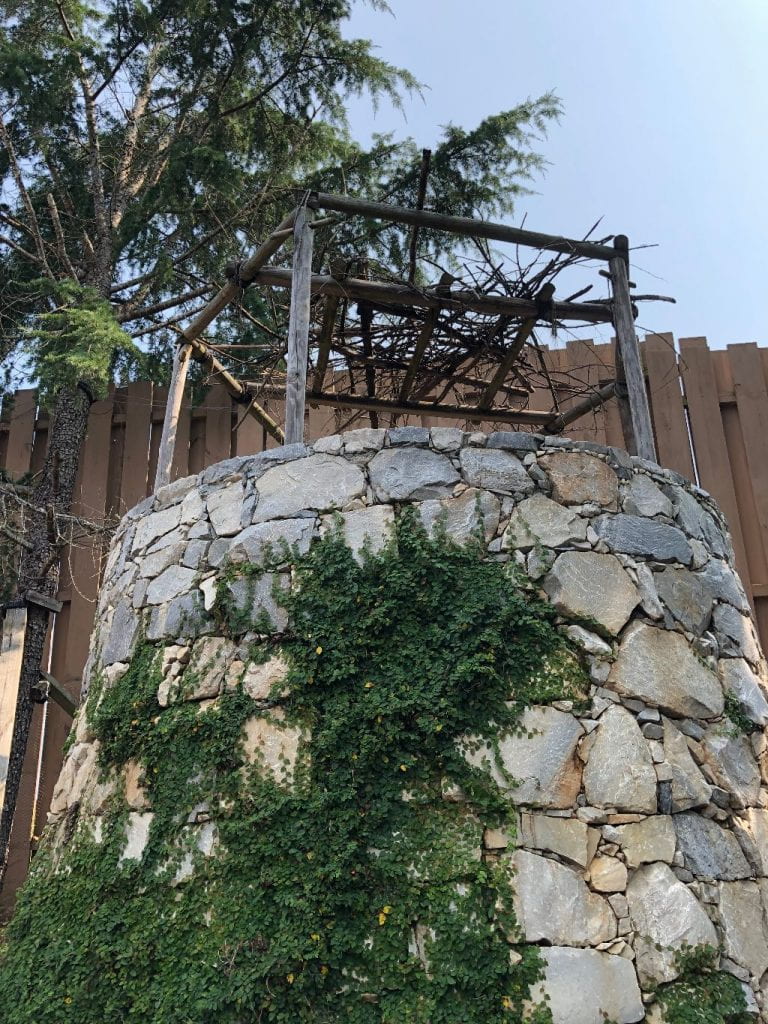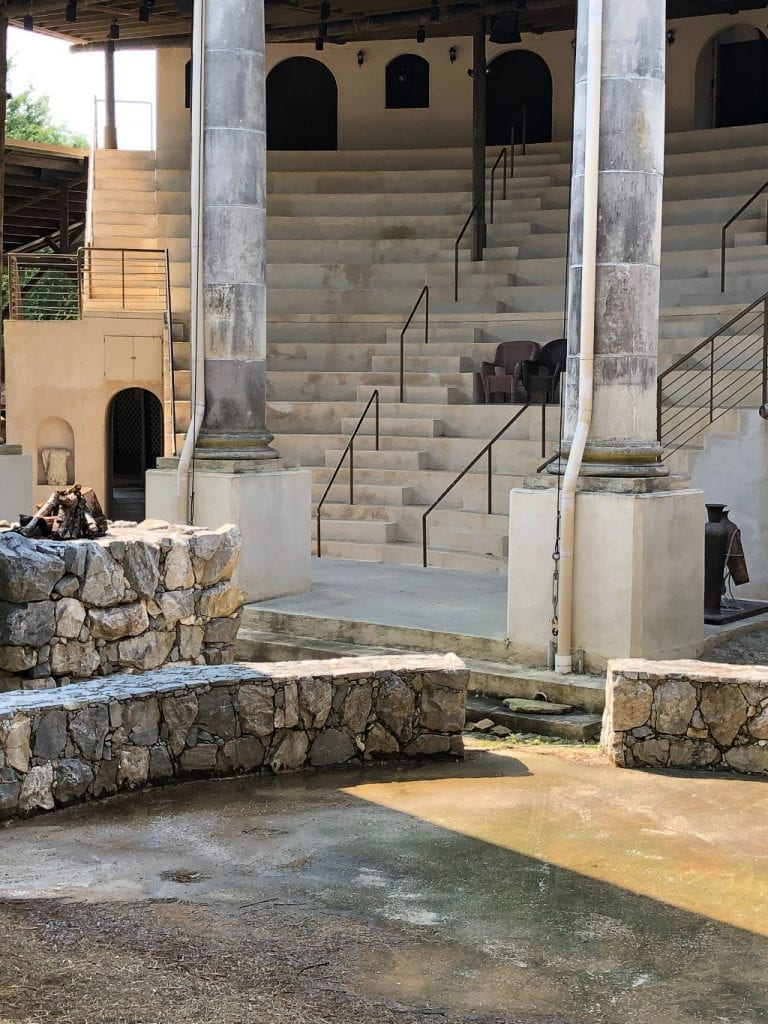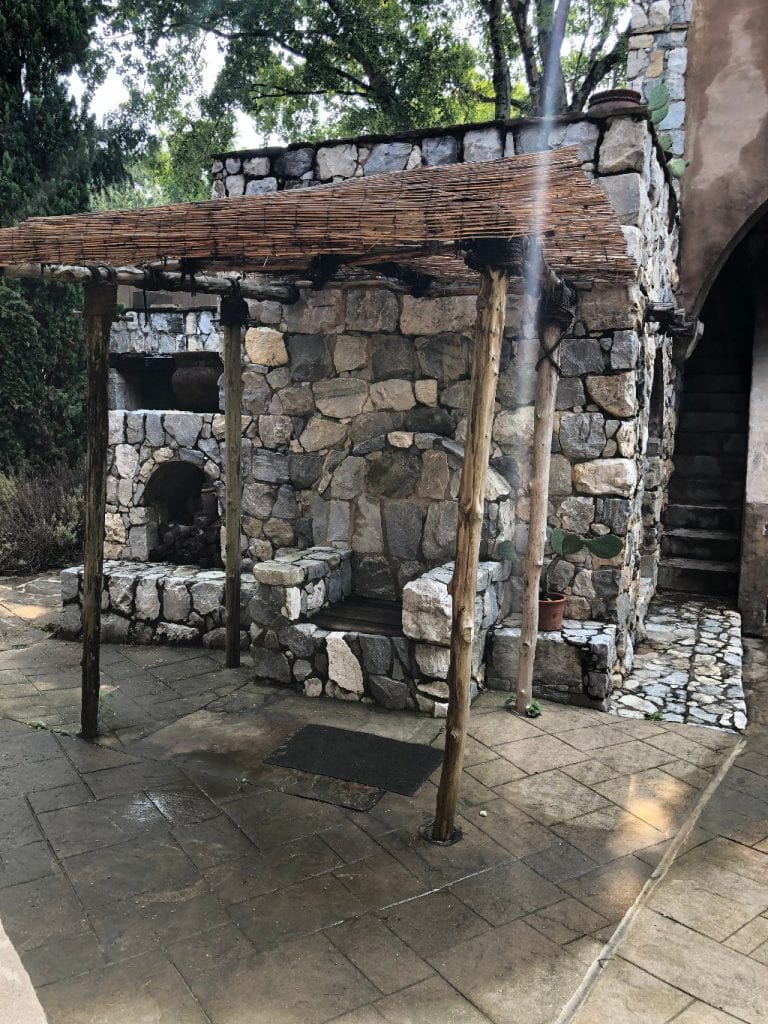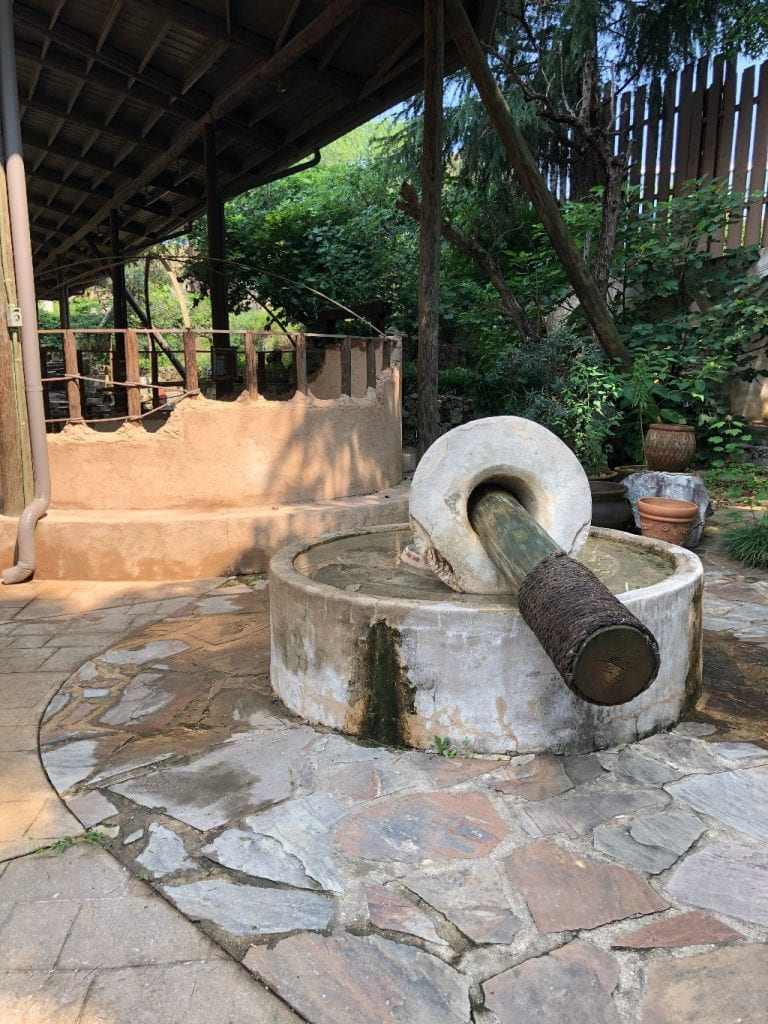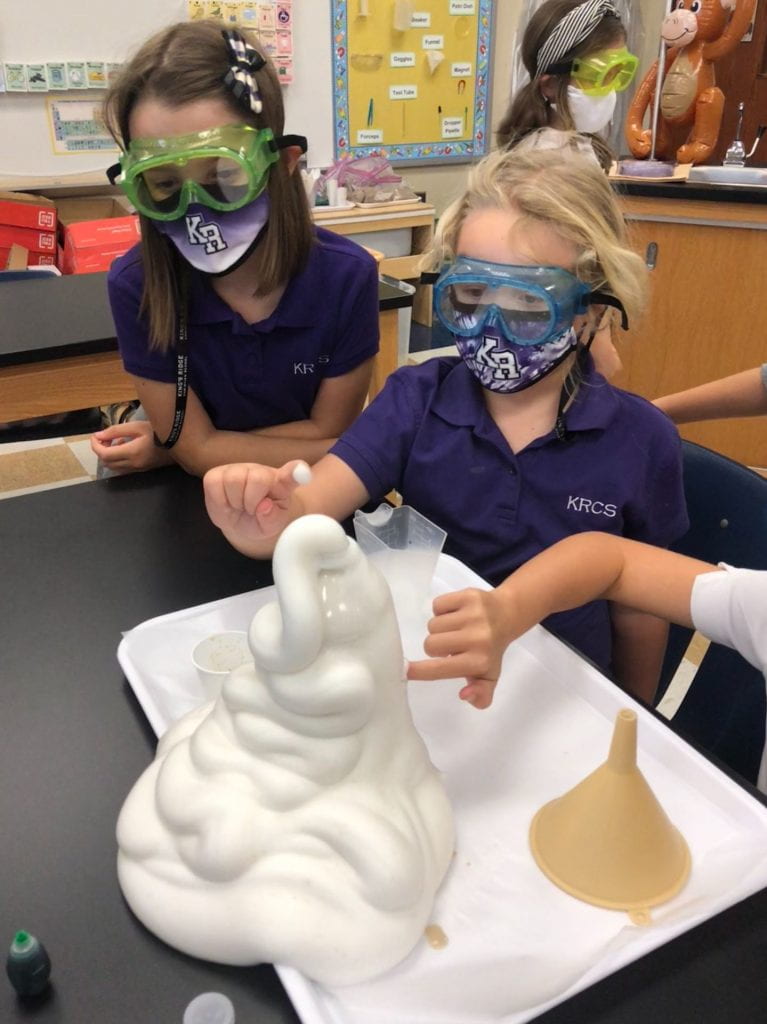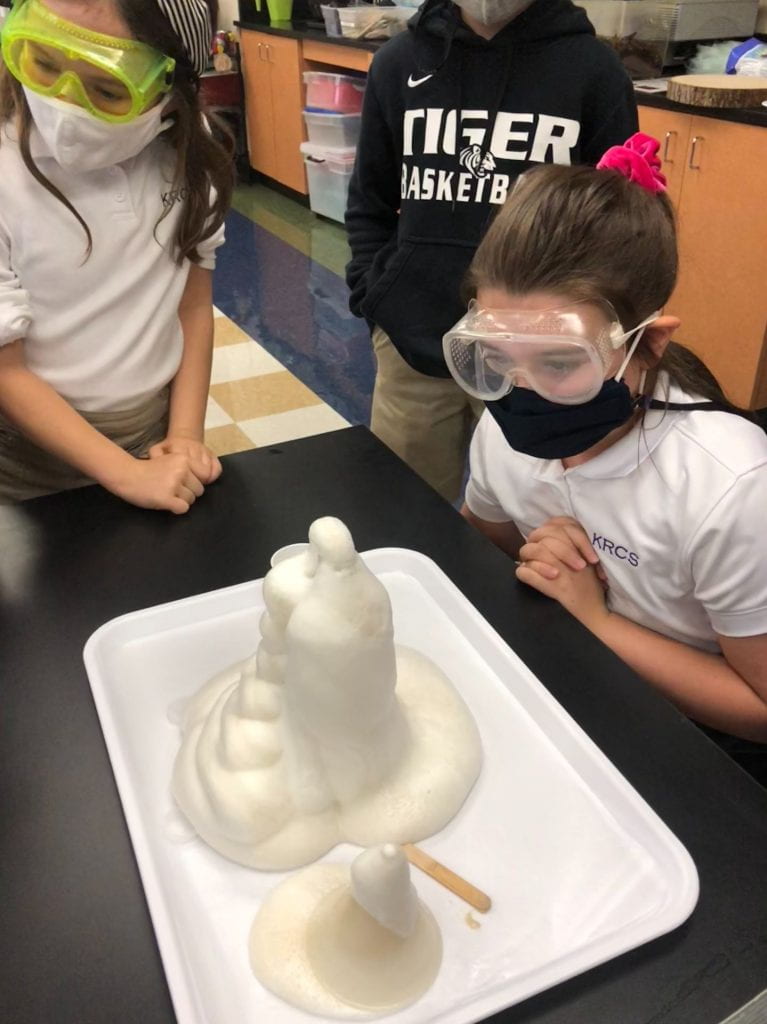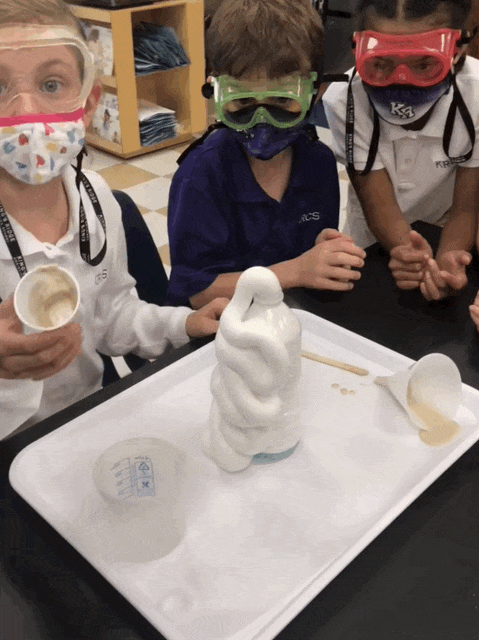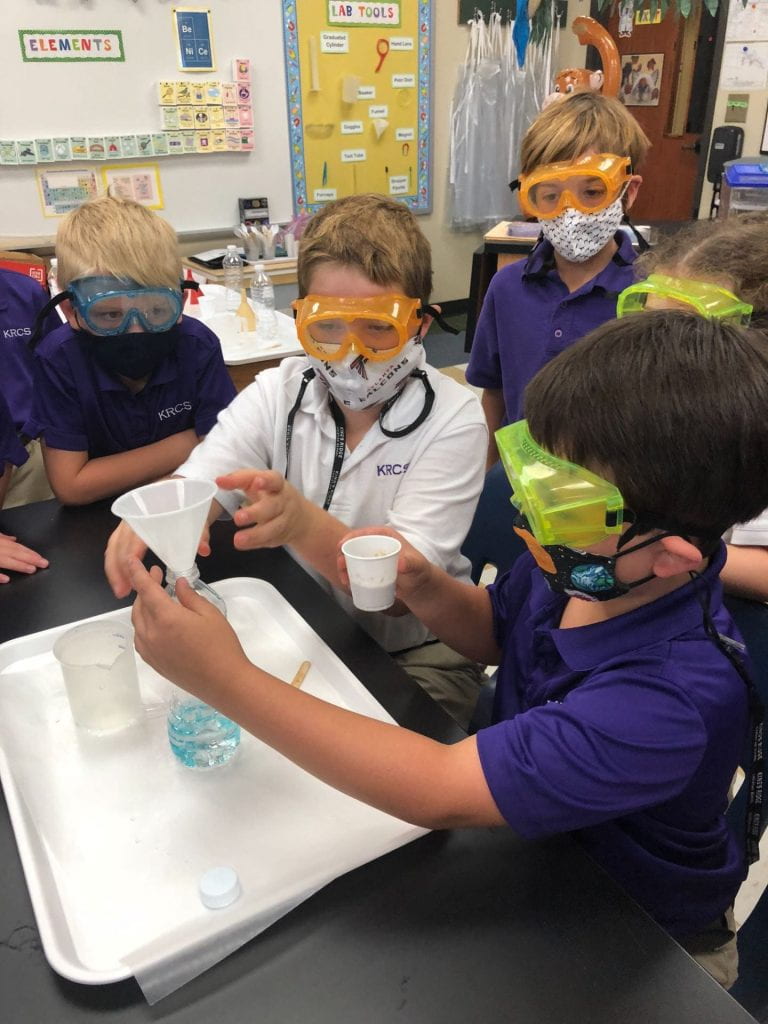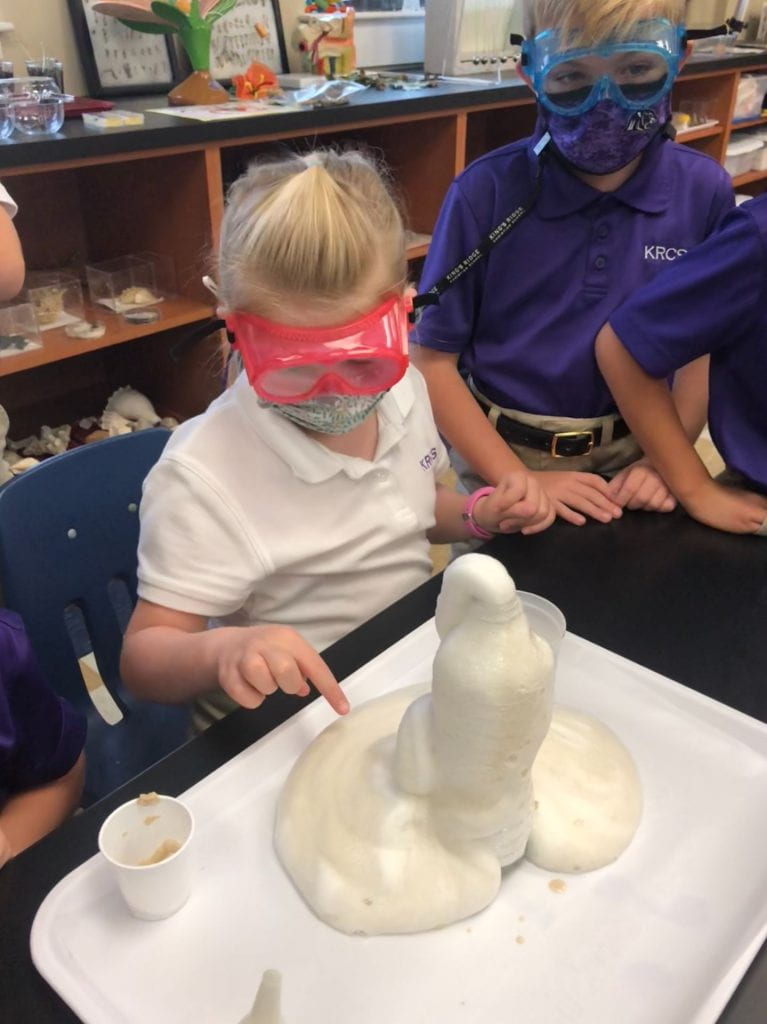Olive Trees
I wanted to visit an olive farm when we were in Europe, but the best I could do was to sample a variety of olives at the market in Athens. There are so many varieties!
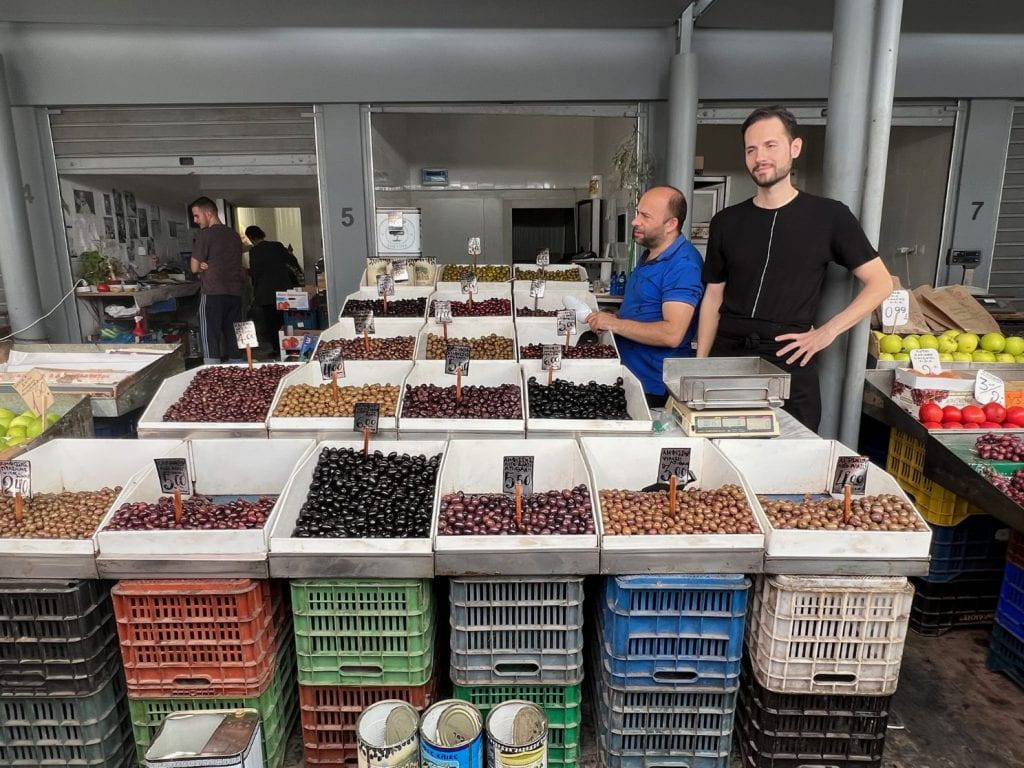
And of course, they were in our Greek salads. Traditional Greek salads do not contain lettuce.
We saw olive trees, short and evergreen, in both Italy and Greece. They are native to the Mediterranean, but olive trees were some of the first old world plants brought to the Americas. Olive trees are grown for their wood and fruit, but primarily for oil.
Although olives are a favorite food of mine, I realized I knew very little about how they are grown and harvested. I wondered if it would be tasty to eat an olive right off the tree.
How is olive oil produced? Go here for full screen viewing.
A little more information about traditional practices. Go here to view full screen.
Olives and olive oil have been part of the Mediterranean diet for thousands of years. Include them in your study of ancient Greek and Roman history. You will find mention of the olive tree in science, literature, art, and philosophy. There are also many references to olive trees and olive oil in the Bible. The first time an olive tree is mentioned is in the book of Noah when the dove brings back an olive branch. Both the olive tree and dove became symbols of peace.
Have an olive tasting party with your students or family and learn the names of several olive varieties. Do you have an olive bar at your local grocery store? Give each participant a few cubes of bread and dip them into a different olive oil brands. When you are shopping with your children, compare the types of olive oil available. Read the labels. The bottle of olive oil below was recommended by our Athen’s food tour guide.
Have you tried growing an olive tree? Go here to view full screen. Listen for the reason why you shouldn’t eat an olive directly off a tree.
